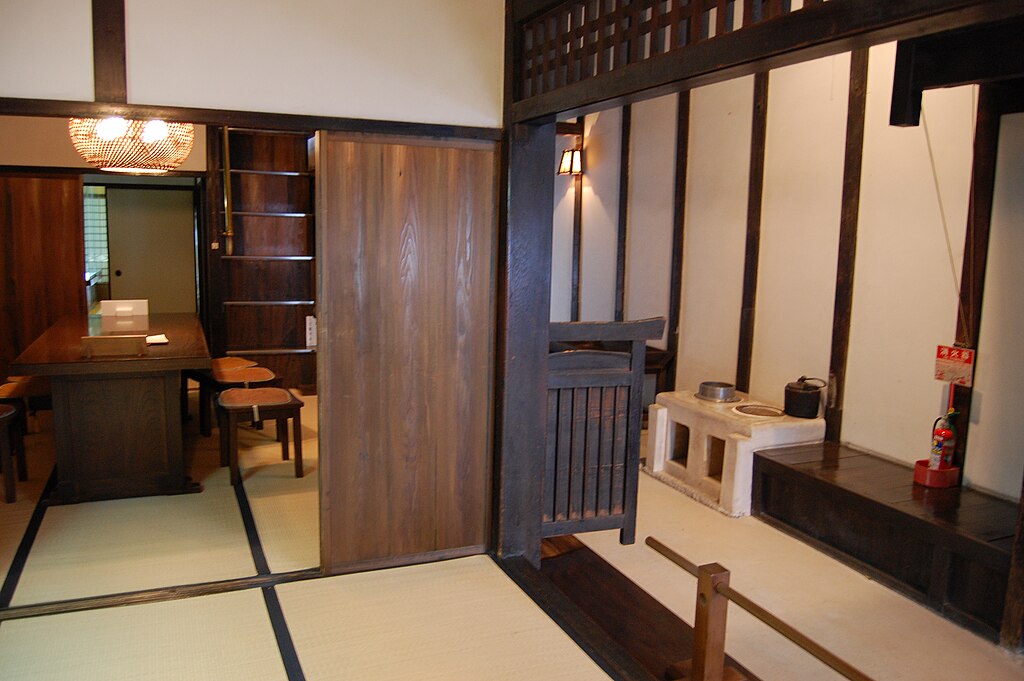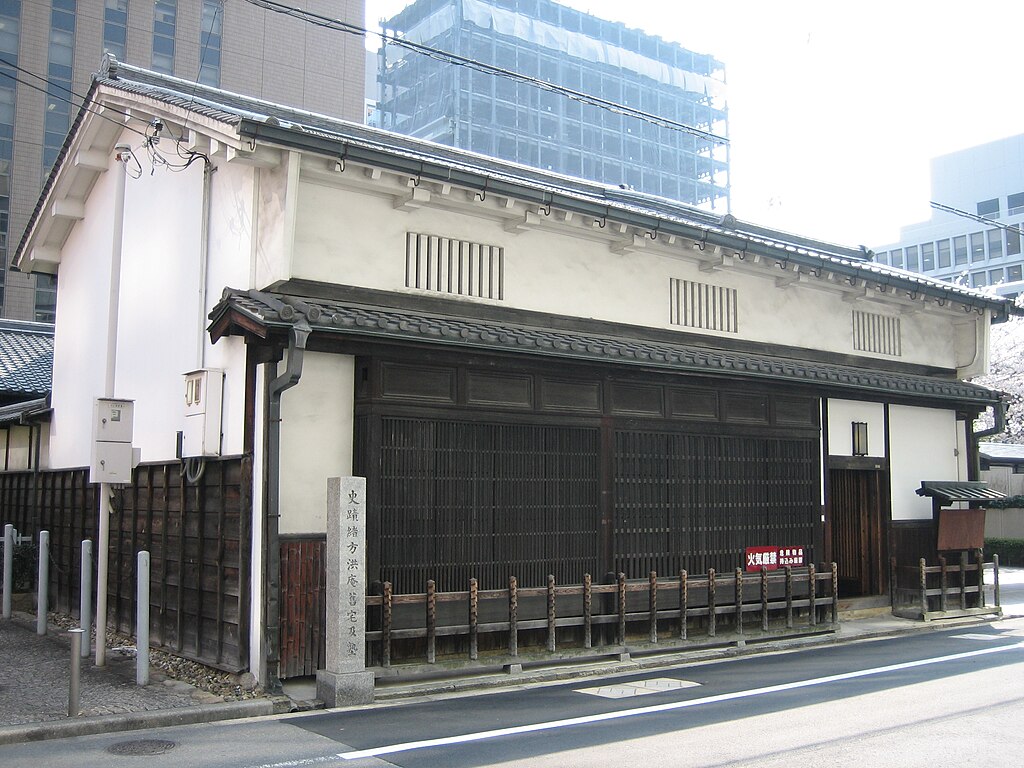Visit Tekijuku – The Birthplace of Modern Japanese Medicine
Just a short walk from central Osaka, Tekijuku is a small but deeply significant historic site that gives you a glimpse into Japan's transformation during the 19th century.
 Photo by hiromitsu morimoto / CC BY-SA 2.0
Photo by hiromitsu morimoto / CC BY-SA 2.0
The beautifully preserved traditional Edo-period townhouse that housed Japan's first Western medical school
A Revolutionary School in Closed Japan
Founded in 1838, Tekijuku was a private school for Western studies, especially Dutch medicine and science, at a time when Japan was still closed off to the rest of the world. The school was run by Ogata Koan, a pioneering doctor and scholar who helped introduce Western medical knowledge to Japan.
Many of Tekijuku's students went on to become key figures in the modernization of Japan—including Fukuzawa Yukichi, one of the founders of Keio University and a major intellectual figure whose face appears on the 10,000 yen bill.
Step Back in Time
The building itself is a beautifully preserved traditional Edo-period townhouse, and stepping inside feels like going back in time. You can see the original classroom, study spaces, and even the doctor's examination room.
 Photo by Reggaeman / CC BY-SA 3.0
Photo by Reggaeman / CC BY-SA 3.0
The exhibits are simple but meaningful, showing how revolutionary the ideas taught here were in their time.
Historical Significance
What Made Tekijuku Special
- First Western medical school in Japan during the isolation period
- Training ground for modernizers who shaped Japan's future
- Bridge between cultures - East meets West philosophy
- Fukuzawa Yukichi's alma mater - face on the 10,000 yen bill
The Dutch Connection
During Japan's isolation period (1633-1853), the Dutch were the only Western nation allowed to trade with Japan. This unique relationship made Dutch the language of Western learning, and Tekijuku became the premier institution for "Dutch Learning" (Rangaku).
Visiting Information
Why Visit Tekijuku:
- Educational value: Perfect for history and medicine enthusiasts
- Peaceful atmosphere: Quiet, uncrowded, authentic experience
- Historical significance: See where Japan's modernization began
- Beautiful architecture: Well-preserved Edo-period building
Practical Details:
- Location: Short walk from central Osaka
- Atmosphere: Quiet and contemplative
- Crowds: Rarely crowded, authentic experience
- Best for: History buffs, education enthusiasts, architecture lovers
What to Expect
The museum is compact but rich in content. You'll spend about 30-45 minutes exploring the various rooms and exhibits. The staff is knowledgeable and can provide context about the historical significance of what you're seeing.
If you're interested in Japanese history, medicine, or education, Tekijuku is a hidden gem worth visiting—quiet, uncrowded, and rich in historical significance.
Access Information
Address
Tekijuku Memorial Museum
3-3-8 Kitahama, Chuo Ward, Osaka City
〒541-0041
Getting There
Nearest Stations (5 minutes walk):
- Keihan Railway: Yodoyabashi Station (exits 18/19) or Kitahama Station (exit 24)
- Osaka Metro Midosuji Line: Yodoyabashi Station (exit 8)
- Osaka Metro Sakaisuji Line: Kitahama Station (exit 2)
Best Route: Take the Osaka Metro to Yodoyabashi or Kitahama Station, both are equally convenient with a short 5-minute walk.
Visiting Hours & Fees
Opening Hours:
10:00 AM - 4:00 PM
Admission Fees:
- General: ¥400 (¥300 for groups)
- High school/University students: ¥200 (¥100 for groups)
- Middle school and younger: Free
Closed:
- Mondays (open on national holidays)
- Day after national holidays (open on weekends/holidays)
- Year-end/New Year period (December 28 - January 4)
Planning Your Visit
Duration: 30-45 minutes
Best time: Weekday mornings for fewer crowds
Language: Japanese with some English materials
Photography: Check current policy on-site
Perfect for: History enthusiasts, medical professionals, education scholars, architecture lovers
Best time to visit: Any time of day, especially peaceful in the morning
Historical period: Edo period (1838-1868)
Key figures: Ogata Koan (founder), Fukuzawa Yukichi (famous graduate)